Enterprise UX design is a whole different animal.
If you’re designing in an enterprise, you need to navigate the organizational complexities inherent to large companies (not to mention any annoying legacy processes).
If you’re designing for the enterprise, your company is probably at least mid-sized and distributed across multiple offices (perhaps even continents). You’re not just facing organizational complexity, but also designing products whose users aren’t the buyers.
In either case, enterprise UX carries its own set of risks and opportunities.
With insights from some of the top UX practitioners today, we’ll explain the three most common problems with enterprise UX design – and how the experts solve them.
Larger teams do offer more brainpower and perspectives, but they also introduce more opinions, politics, and roadblocks. Design by committee can always reduce great ideas into nothing but a pile of compromises.
These were the problems that the Enterprise UX 2015 conference addressed. Organized by Rosenfeld Media, this expo collected the top UX practitioners in the world from companies like IBM, Rackspace, and Citrix, and allowed them to share their experiences, grievances, and their advice. From feature obsession to conflicting priorities, let’s explore some practical solutions to these recurring problems.
If you’d like more detail, check out our free e-book Design Collaboration in the Enterprise.
Problem #1: Obsessing Over Features Instead of Crafting Experiences
Features are concrete. The user’s experience, on the other hand, is intangible.
Products are just a vessel for the experience. However, as Bill Scott, VP of Business Engineering at Paypal explained, delivery is much easier to measure than experience. As a result, product teams feel incentivized to release as much as possible as quickly as possible.
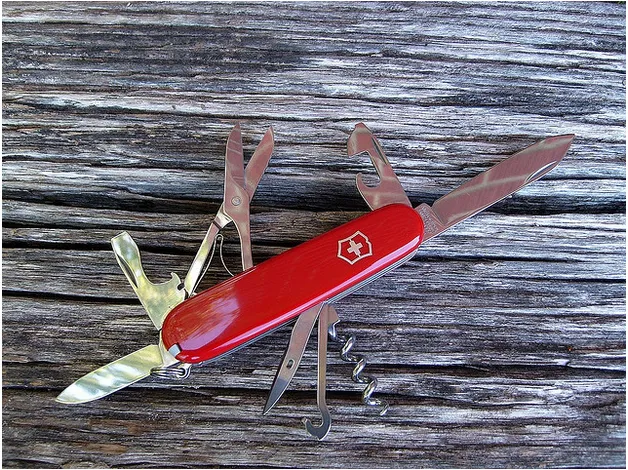
Photo credits: James Case. Creative Commons.
As design author and serial entrepreneur Nathan Shedroff described in his presentation, you can outline functionalities in spec documents and easily hand them off to the next link in the chain. Once the product releases, you can easily measure the sales. No single metric, however, can actually measure the emotional value of the product (how it connects with users) contributed to product sales. Consequently, we have no real choice but to assume that feature value equals financial value.
Emotional value, however, must be recognized as a part of every product’s success. Just look at how Facebook bought Instagram for $1.1B even though Instagram was only worth $86M on paper. Clearly, the image sharing company understood the importance of their emotional value, and so did the people willing to pay their price.
Solutions
The solution isn’t as simple as just “hire more designers and make people listen to them”.
Even if you do hire a bunch of designers, you still need to ease the culture of complexity towards a more problem-focused (rather than solution-obsessed) method of thinking. In fact, Catherine Courage (SVP of Customer Experience at Citrix) says you can’t reverse the culture of complexity overnight – especially if the company’s entrenched in the waterfall process.
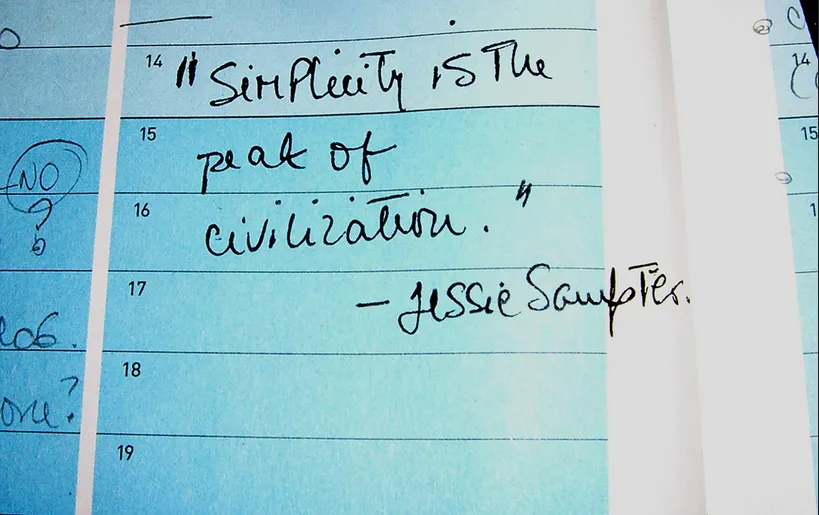
Photo credit: Gisela Giardino. Creative Commons. Edited from original.
The best way to shift the company mindset towards the more abstract, but rewarding, goals is to take a slow-and-steady approach. This seemed to work well for Catherine Courage, who only a couple years ago started at Citrix as a lone UX designer, and now reports directly to the CEO as SVP of Customer Experience.
Let’s explore a few of the strategies that worked for her:
- Find inspiration from everyday products. If the product team has difficulty understanding how to improve the UX of complex products, encourage them to think about why they love simpler products from everyday life. Deconstruct the magic of simple experiences, then build them back into your own product. For example, Catherine used Tesla, Virgin, Apple, and Disney to explain to her team the power of experience-centric design over feature-centric.
- Redefine problem-solving. Many non-designers (like developers and product managers) tend to prefer solutions that take the shortest route between problem and solution, but the scenic route oftentimes uncovers even more pressing problems. Use techniques like rapid prototyping and design studios (discussed in our free e-book Design Collaboration in the Enterprise) to teach them how to “think broad to get narrow.”
- Get out of the office – Usability tests such as contextual interviews and field studies are the best way to see how products exist in the world outside of the design studios. The more team-members understand this environment, the more they learn to approach product development from the user’s perspective. Even better is pairing designers and developers together to accomplish these tests – this also reduces the understanding gap between the two practices.
- Focus on small victories. Change in enterprises takes time. Start by evaluating the inconsistencies in a single product and address those one-by-one. Don’t immediately tackle an entire product suite. Earn some quick wins, then use those as leverage to gain stakeholder trust for larger projects.
You may face resistance and skepticism at first, but it’s your role as a designer to help people understand that what’s good for users is also good for business.
Problem #2: Fear of Risk
Large companies don’t survive on recklessness. Enterprise environments foster stability and security, which means most employees don’t like to rock the boat.
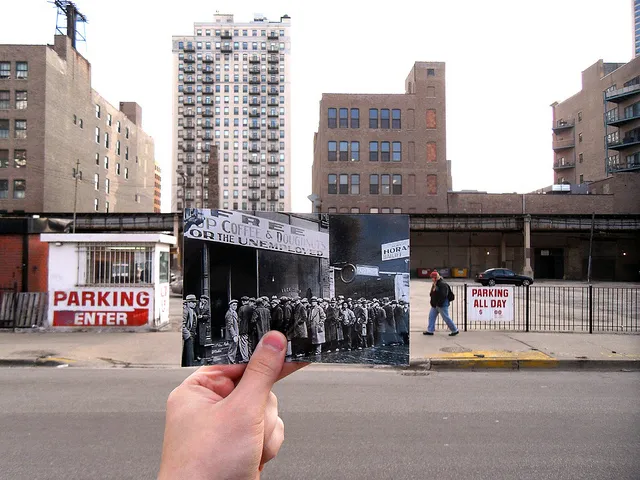
Photo credit: remove. Creative Commons.
Just like you empathize with user, let’s empathize with coworkers for a second. They have families, mortgages, dreams of promotions. If the status quo helps to satisfy those needs, why would they risk any of that for your “design vision”? You’ll probably find that middle managers are especially risk-averse given the pressure from above and responsibility to those below.
Never underestimate the fear of getting fired.
Solutions
The way to pave the way for experimentation lies in small steps toward creative thinking. Introduce design thinking in a way that makes others look good as they get better at their jobs.
For example, Catherine Courage sent some of middle managers to the Stanford D-School for a design boot camp and called attention as to why those employees had earned the coveted spots. Of course, not every company can afford such programs.
Below we’ve listed some everyday tactics that you can slowly implement with your team:
- Workshops, not meetings – While meetings are difficult to schedule and often favor talking over doing (which requires more follow up), design workshops are naturally collaborative and productive. For more detailed explanation of the different types of workshops and how to best conduct them, download our free ebook Design Collaboration in the Enterprise.
- Experiment grid – Alissa Briggs, the Head of UX at Brigade, created the experiment grid to consolidate Intuit’s multi-tiered enterprise accounting software. The exercise was so successful that she created an editable Sketch App version for any project. As Briggs explains, this activity forces the team to question their assumptions instead of simply validating ideas. Presenting experiments with real customer data (quantitative and qualitative feedback) in a visually digestible format helps convince decisions-makers that some risks aren’t really that risky. By describing the results from a small sample size in the below grid, Briggs was able to get over initial objections and roll out feature simplifications that lead to the best-selling product at the company. If you can swing it, try designating someone on your team as the “experiment owner” by dedicating 10-15% of their time on small experiments.
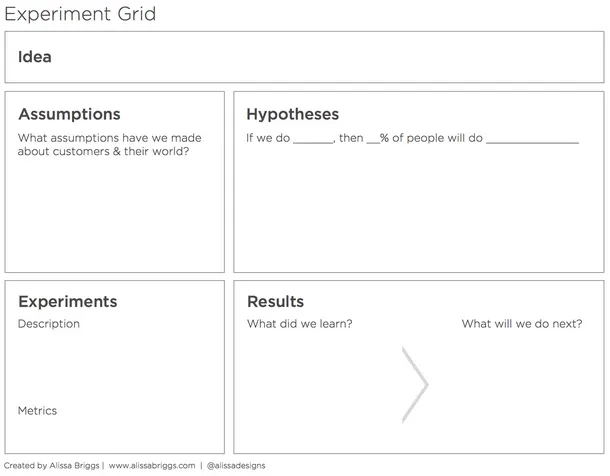
Photo credit: Alissa Briggs via Enterprise UX Conference
- Encourage prototyping as a developer skill – Prototyping can be done without code, but getting developers on board ASAP strengthens the case for your riskier ideas (as Bill Scott explains). If developers are comfortable prototyping in code, they’re better able to validate your rapid prototypes (which reduces everyone’s risk). Never forget that design and development do not live in silos.
You’ll notice these solutions all take advantage of departmental collaboration, which brings us to our last problem….
Problem #3: No Common Language
Executives don’t always understand the creative and intuitive decisions proposed by designers, but it’s really a two-way street.
Designers themselves don’t always know every business reason for a project, or the implications of their ideas on development. It takes time and effort to build that multidisciplinary fluency. Each role comes with its own perspectives: marketers worry about differentiation, developers think in terms of system feasibility, and designers thrive on ambiguity.
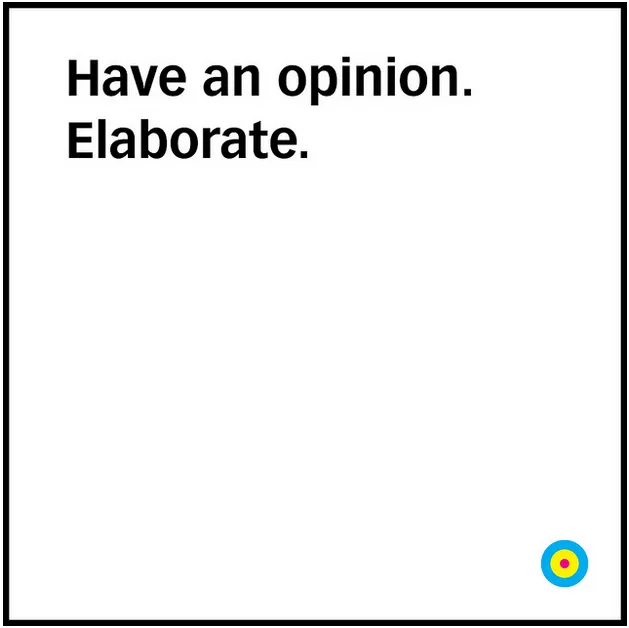
Photo credits: See-ming Lee. Creative Commons.
In theory everyone’s working towards the same goal, but in practice everyone can just as easily stray in different directions.
While collaboration is a great advantage for any project, in large enterprises it’s downright essential – the only other alternative a lockdown limbo.
Solutions
Let’s go beyond basic team-building activities and explore a few solutions specifically for UX design:
- Lunch & Learn sessions – If the problem is no one knows about others’ fields, why not teach each other? Try “brown-bag-lunch sessions” in which each department has the opportunity to teach others about their speciality. Not only will this give all employees a crash course in a number of subjects, it’ll also build natural rapport. You might be surprised by how much people appreciate a designer’s interest in their job.
- Internal ethnography – Applying the principles of ethnography inwardly will bring to light the deep-rooted problem areas. Study your company’s processes, artifacts, and culture so you know how to embed (rather than push) design thinking.
- Business-savvy design – The more designers understand that design is not art, the better they are at their jobs. Framing a design concern in terms of a business need conveys your point more powerfully. Instead of saying that a minimalist layout creates a better impression, explain that it emphasizes the content and calls-to-action, which helps to persuade and convert users better.
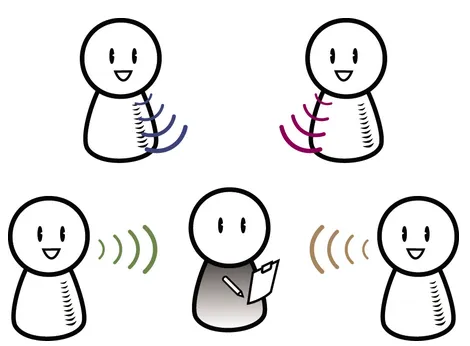
Photo credit: “ST010: Figure 52.” Rosenfeld Media. Creative Commons.
- Collaborative design process – The waterfall method of design – in which every phase is done in isolation and then handed off – is outdated. Like we described in Web UI Best Practices, bringing everyone together throughout the process ensures that everyone’s voice is heard while it’s still relevant. The cornerstone to this strategy, though, is that the core product team has the final say. Give everyone a chance to speak up, but know that you don’t have to build all their recommendations.
- Common design language – If your company has the resources, invest in creating a style guide that reflects a consistent design philosophy. These list concretely the company’s goals, strategies, and styles with no room for misunderstanding. Google’s Material Design and IBM’s Design Language are best practices to follow.
The shortcoming of large companies, more than anything, really boils down to lack of communication. If your company can manage this, the design process won’t be the only area to run more smoothly.
Conclusion
The goal of all these activities is to show that “UX design processes” are really just good business processes. Demystify the design process, and you’ll see that people will see design as less of a visual art and more as a problem-solving discipline.
If you found this post useful, get more advice from Amanda Linden (Head of Design at Asana) in the free e-book The Future of Enterprise UX.



